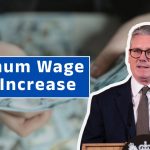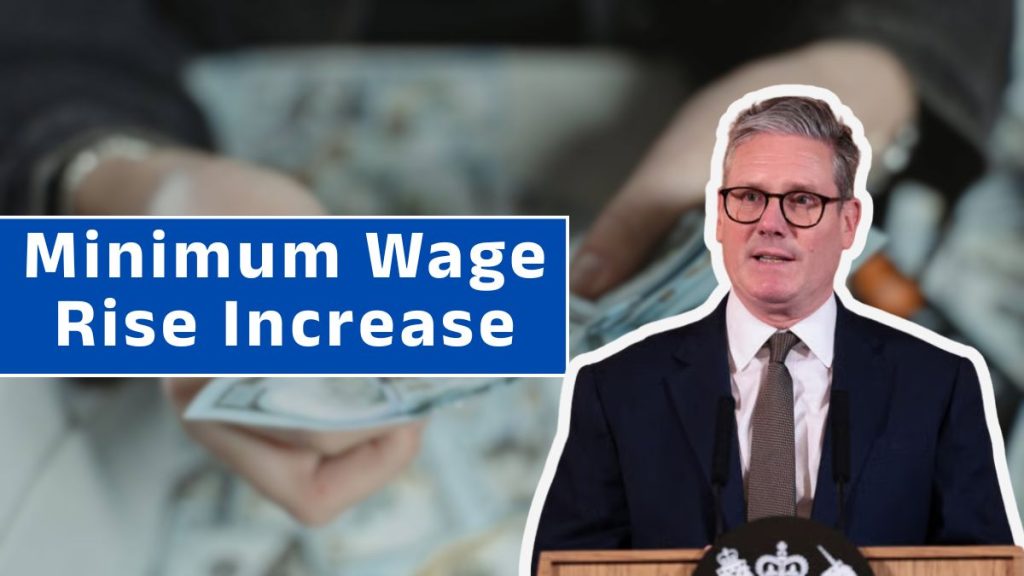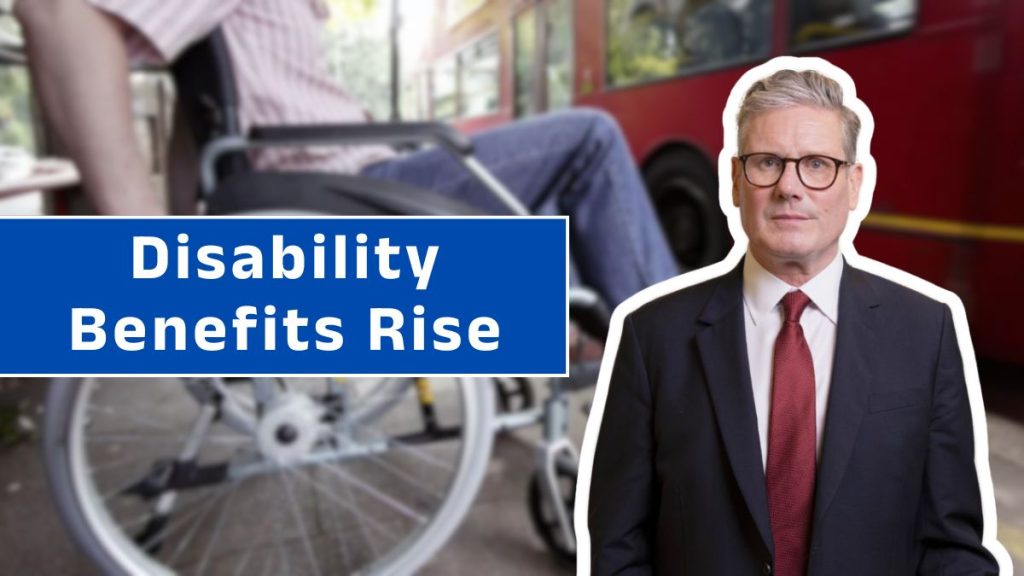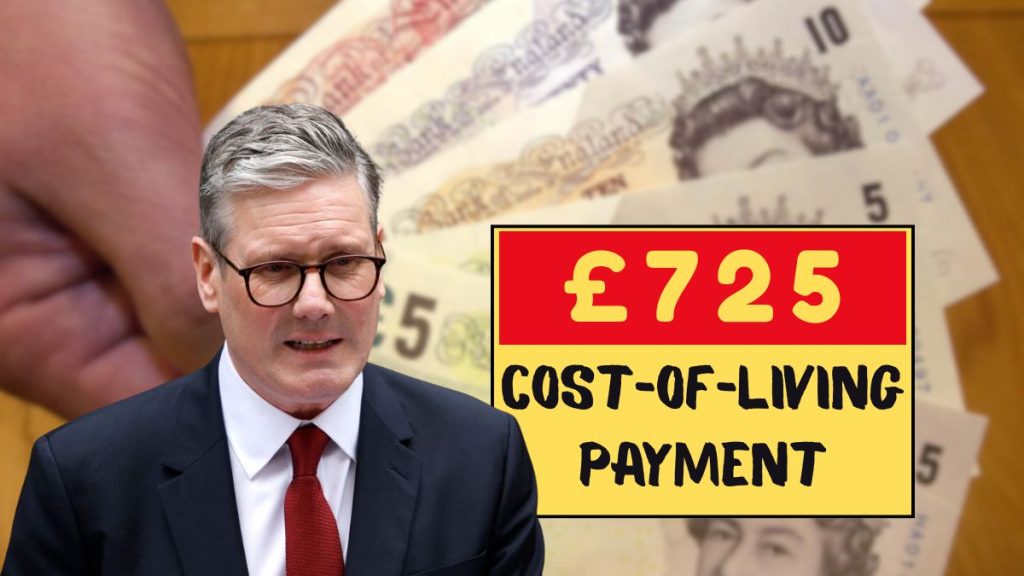If you’ve been scrolling through headlines recently, you’ve probably seen stories about the DWP £250 Support for UK Families. For many, it sounded like a financial lifeline at a time when grocery bills are climbing, fuel prices feel unbearable, and every paycheck seems to vanish. But here’s the truth: as of now, this £250 payment has not been officially confirmed by the Department for Work and Pensions (DWP).
What does that mean for families hoping for relief? Let’s unpack everything—what’s confirmed, what’s speculation, who might qualify if it happens, and what alternatives exist for struggling households.
Why the £250 Support Matters Right Now
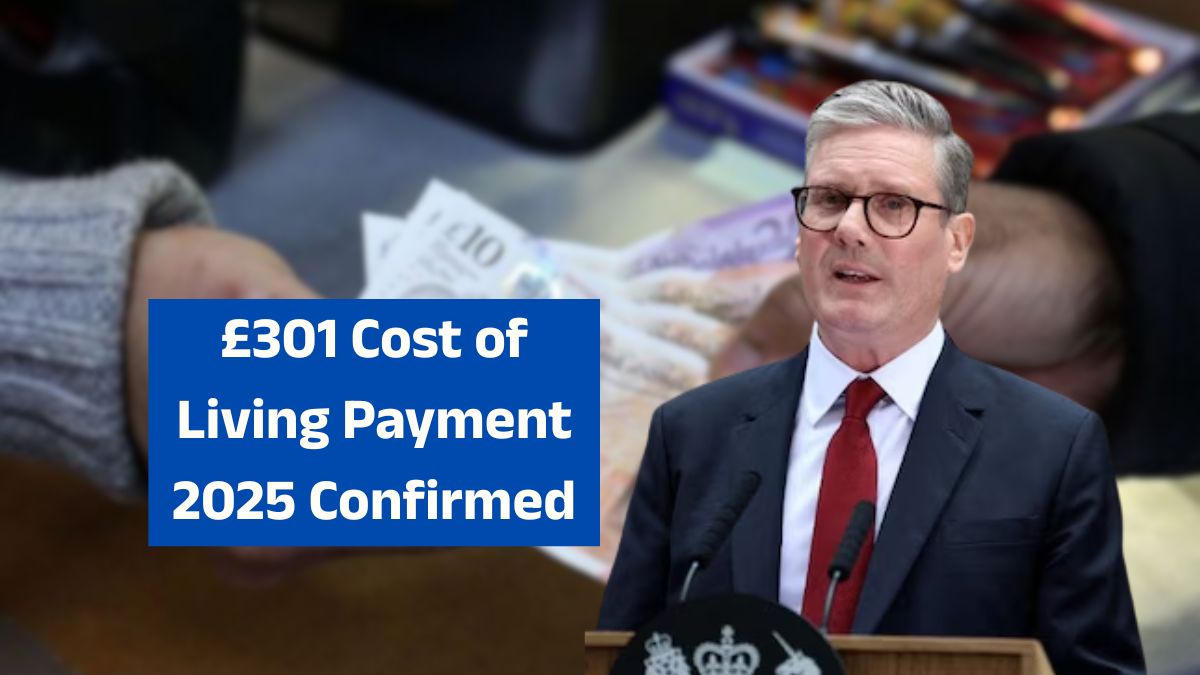
It’s no secret that 2025 has been tough for UK households. According to the Office for National Statistics (ONS), food inflation has hovered around 7.5% this year, making the weekly shop significantly more expensive than just two years ago. Add in housing costs, utilities, and school expenses, and many families are stretched to breaking point.
In this context, a £250 payment isn’t just pocket change—it’s the difference between falling behind on bills and having a little breathing room. For millions of households on Universal Credit or Pension Credit, such a boost could ease daily stress, even if only temporarily.
What Has the DWP Actually Said?
Here’s the key fact: the DWP has not confirmed a £250 support payment.
According to the official GOV.UK Cost of Living Payments guidance, the last scheduled round of support wrapped up in early 2024. The government explicitly stated:
“The DWP is not planning to make any more Cost of Living Payments after those already scheduled.”
So, why are we seeing all the chatter? Many blogs and media outlets have speculated on the possibility of a new payment, but until the government issues an official announcement, the £250 support remains a rumor.
That said, political realities can change quickly. Just as the U.S. rolled out stimulus checks during the pandemic with little warning, the UK government could decide to introduce new payments if cost-of-living pressures intensify.
Timeline of Past DWP Payments
To understand the context, here’s how the last few years of Cost of Living Payments played out:
- July 2022 – £650 Cost of Living Payment for low-income households (paid in two installments).
- November 2022 – £300 Pensioner Payment.
- Spring 2023 – £301 means-tested support payment.
- Summer 2023 – £150 Disability Cost of Living Payment.
- Autumn 2023 – £300 for means-tested benefit recipients.
- Early 2024 – Final £299 Cost of Living Payment.
These payments weren’t transformative, but they kept food on tables and lights on for millions of households facing sharp price increases.
Regional Differences Across the UK
It’s also important to remember that support varies across different parts of the UK:
- Scotland: Offers extra help, including the Scottish Child Payment (£26.70 per child weekly).
- Northern Ireland: Often delays payments slightly due to separate administration.
- England and Wales: Typically follow the DWP timeline, but local councils sometimes add their own support through discretionary funds.
If a £250 payment were introduced, it would likely apply nationwide but impact families differently depending on local living costs.
Who Would Qualify If It Happens?
If the government does approve the rumored £250 payment, eligibility would likely mirror past Cost of Living Payments. Those who could benefit include:
- Universal Credit claimants
- Income-based Jobseeker’s Allowance (JSA) recipients
- Income-related Employment and Support Allowance (ESA) recipients
- Income Support claimants
- Pension Credit recipients
- Working Tax Credit and Child Tax Credit households
One key rule from past payments: if your benefit was reduced to £0 during the qualifying week (a “nil award”), you wouldn’t receive the support
Case Study: How £250 Makes a Difference
Take the Johnson family in Birmingham. They’re on Universal Credit and struggling to keep up with rising costs. If the £250 payment were real, here’s how they might use it:
- £100 → Weekly food shop for two to three weeks.
- £60 → Utilities (heating and electricity for the month).
- £40 → School uniforms and supplies.
- £50 → Small savings buffer for emergencies.
It doesn’t solve every problem, but it keeps the family afloat during a difficult season.
How Would the Payment Be Delivered?
Based on past DWP payments, the process would likely be simple:
- Automatic: No need to apply.
- Same method as current benefits: Paid directly into bank accounts or via the usual benefit method.
- Tax-free: Would not affect tax liability or eligibility for other benefits.
When Could It Happen?
If the government were to approve it, here’s the likely timeline pattern:
- Announcement: Several months before the payment.
- Qualifying Period: A specific week when households must be receiving benefits.
- Payment Window: A staggered rollout across 2–3 weeks.
Most speculation points to late 2025 as a potential period, but again, nothing is confirmed.
Comparing UK Support to U.S. Stimulus Checks
Some readers compare these payments to the U.S. stimulus checks of 2020–21. The difference is clear:
- U.S. stimulus: Universal—almost everyone received payments.
- UK Cost of Living Payments: Targeted—only households on means-tested benefits qualify.
The UK approach saves billions but excludes families who may still struggle but fall just outside eligibility thresholds.
Expert Opinions on One-Off Payments
Economists argue that one-off payments are short-term fixes. While they help ease immediate pressure, they don’t address deeper issues like housing affordability, stagnant wages, and childcare costs.
- The Joseph Rowntree Foundation reports that 14 million people in the UK live in poverty, including 4.3 million children.
- Charities such as Citizens Advice call for systemic reforms—raising benefits with inflation, controlling rent increases, and improving childcare support.
Alternatives If the £250 Support Doesn’t Happen
If the DWP does not introduce a new support payment, families still have access to other schemes:
- Winter Fuel Payments – £100–£300 for pensioners.
- Household Support Fund – Local councils provide help with food and energy bills.
- Scottish Child Payment – Additional weekly support for families in Scotland.
- Free School Meals – Available in many regions for low-income families.
While these programs help, many argue they are inconsistent and insufficient.
How to Stretch £250 If It Arrives
If the £250 payment is eventually confirmed, families should prioritize making it last:
- Essentials first: Food, rent, utilities.
- Pay down high-interest debt: Even small payments reduce interest burdens.
- Emergency savings: Put aside £30–£50 for surprise costs.
- Bulk buying: Stock up on affordable staples like rice, pasta, and tinned goods.
- Leverage free resources: Food banks, school uniform exchanges, and charity shops.
FAQs on DWP £250 Support for UK Families
Q1: Is the £250 DWP support payment confirmed?
A1: No. As of now, the DWP has not officially confirmed any new £250 payment.
Q2: Who would qualify if the payment is approved?
A2: Likely the same groups as past Cost of Living Payments: Universal Credit, Pension Credit, income-based JSA/ESA, Income Support, and Tax Credit recipients.
Q3: When would the payment arrive?
A3: If confirmed, it could follow past timelines, with payments announced months in advance and rolled out over 2–3 weeks.
Q4: Will the payment be taxable?
A4: No. Like past Cost of Living Payments, it would be tax-free and wouldn’t affect other benefits.
Q5: What can families do if the £250 payment never happens?
A5: Families can turn to existing schemes like Winter Fuel Payments, the Household Support Fund, Scottish Child Payment, and Free School Meals for help.


